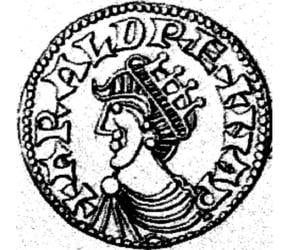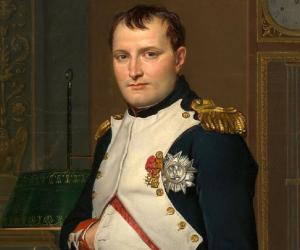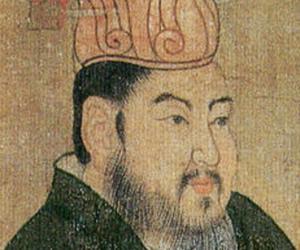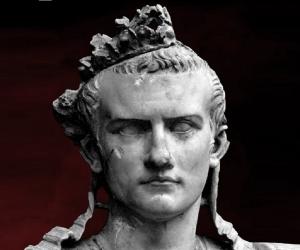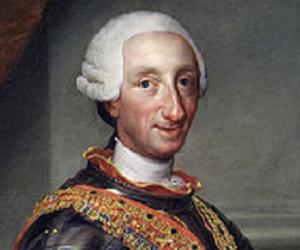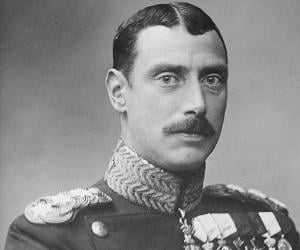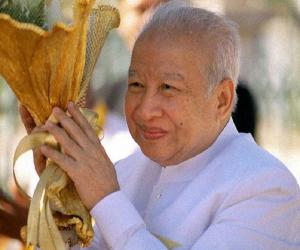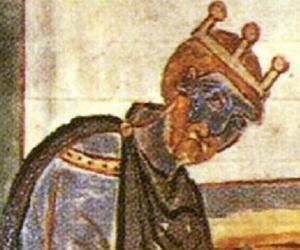Born In: Svanoya, Norway
Eric Bloodaxe
(King of Norway from 931 to 933)
Eric Bloodaxe was the king of Norway from 931 to 933 and the king of Northumbria from 947 to 948 and from 952 to 954. It is not clear why he earned the name “Bloodaxe.” However, many sources claim it was because he had murdered most of his brothers to gain control of the Kingdom of Norway. However, his reign was short-lived. The nobles of Norway later withdrew their support to his kingdom, as he was a tyrannical ruler. Within 2 years, he was ousted from power. Following this, his brother, Haakon the Good, was placed on the throne. Eric fled to Britain. There, with the support of King Æthelstan, he became the sub-king of Northumbria. However, after the death of Æthelstan, a period of conflict followed, until he became the king of Northumbria for the first time in 947. This tenure did not last long, as the English king Eadred took over Nothumbria and compelled its citizens to give up their support to Eric and favor him instead. A few years later, Eric reclaimed the throne of Northumbria, only to be ousted 2 years later.
Emperors & Kings #378
19
7


